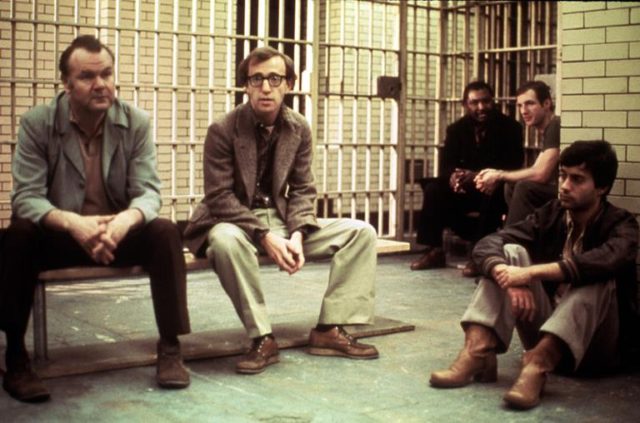
Annie Hall turns 40 this week and we just covered everything we possibly could about the film as it stands. But what about what could have been? We turn our eye at the making, and unmaking, of the film that would become Annie Hall.
Fans know that the Annie Hall that we got was very different from the film that was originally conceived. A sprawling tale called Anhedonia (the inability to feel pleasure – it shares etymology with hedonism) was the original vision, featuring Alvy Singer reflecting on all the loves in his life. Allen packed the film with even more gags and surreal scenes. But editing through the mess of footage, the story of Annie and Alvy emerged as strongest. Some reshoots followed and Allen turned that footage into the film we know today.
What was in that original version?
A lot was written and conceived but never shot. There was a time when the film was set in Victorian times. The mysterious death of an elderly neighbour played a part. Notably the story of other women – ultimately played by Carol Kane, Shelley Duvall and Janet Margolin.
A lot more was shot and left on the cutting room floor. Allen claims the original footage was destroyed, but we’ve heard that that’s not strictly true. But we do know many of the scenes from production photos, cast and crew stories, draft scripts and many other sources.
Here are just some of the scenes we know:
- Annie, Rob and Allen visiting the devil below ground, and then reappearing on the street. Richard Nixon was featured.
- More of Alvy questioning strangers on the street about their love lives after Annie storms off.
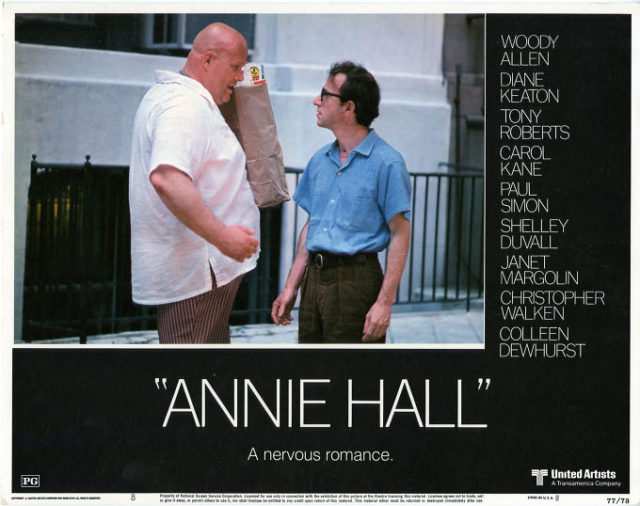
- More with the kids in the classroom, including a six year old crush, played by Brook Shields (her character was named Judy Horowitz). We also flash forward to see her life in the present, surrounded by kids.
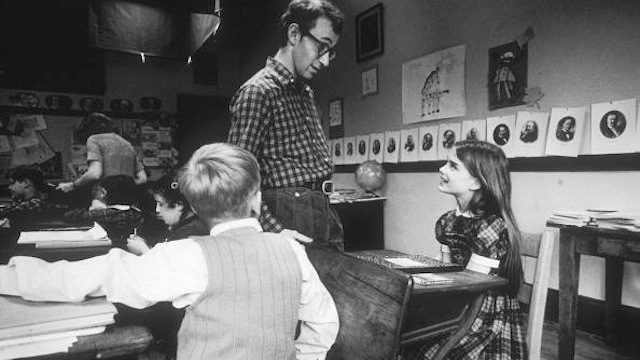
- The kids out on a Thanksgiving Day pageant where young Alvy is a pilgrim with his head in a stockade.
- A fantasy game of basketball with Alvy playing with philosophers like Kant, Nietzsche and Kierkegaard, against New York Knicks Bill Bradley, Walt Frazier and Earl The Pearl. This scene would have come after Alvy and Robin fight whilst watching the Knicks.
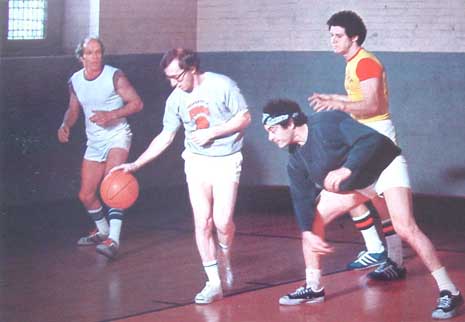
- The whole murder mystery subplot. Annie and Alvy come home from the cinema and find one of their neighbours has died, perhaps suspiciously.
- Alvy as teenager, working in junk food with Danny Aiello, and getting into a fight.
- A trip to Nazi Germany, where Alvy is (comically) describing his inability to stand up to torture.
- Scenes involving all the wives and lovers. One of was Garden Of Eden recreation with Shelley Duvall.
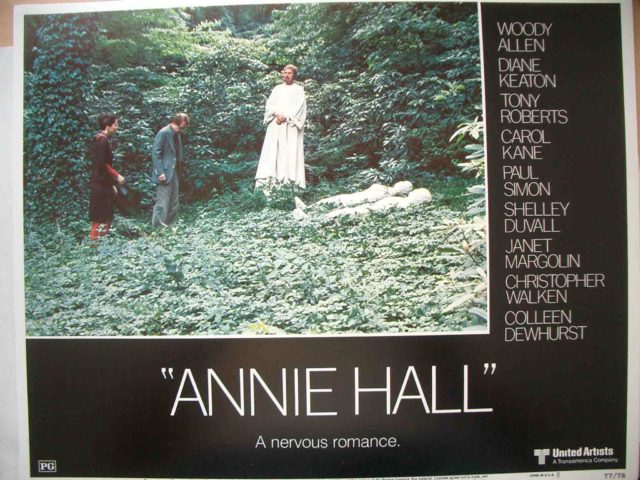
- A black and white “Invasion Of the Element”, with Alvy’s parents being nervous about a new black family who moved into the neighbourhood. A play on Invasion Of the Bodysnatchers (1956).
- Alvy seeing traffic and street signs in Times Square that gives him advice to follow Annie to LA. This was the last day of initial shooting.
- A French resistance parody.
- More of Alvy in prison after LA, winning a joke telling contest.
- A parody of the film Angel On My Shoulder (1946).
- Harvey Fierstein had a role that was filmed and ultimately cut.
- More time with Annie’s parents and Duane.
- Annie, Rob and Alvy watches young Alvy play basketball in their trip back to the old neighbourhood. Young Alvy checks his own temperature with a thermometer mid-game.
- The scene with Sigourney Weaver had dialogue but was ultimately just seen from a distance.
We do know that some elements snuck into Allen’s later films. Manhattan Murder Mystery took the murder story and ran in a different direction. That dead neighbour was Dr Levy, an optimistic philosopher whose name and character Allen would use in Crimes And Misdemeanors. Allen would visit the devil in Deconstructing Harry. Elements of Anything Else was written in the same period, and seems that there is some crossover between those two films. The second lobster girl was Dorrie, destined to appear in Stardust Memories.
There is no 3 hour extended cut – the scenes we know and the deleted scenes don’t match. It seems unlikely that Allen would ever let the footage out, but perhaps one day, there may be some more clarity about what was lost. But we will never see Allen’s original vision.
All this is but trivia as Allen (and editor Ralph Rosenblum) got it right. It is the story of Annie and Alvy that shines brightest. And dropping that original title of Anhedonia was one of the last steps. Other titles considered were “It Had to Be Jew”, “A Rollercoaster Named Desire”, and “Me and My Goy”. It may have been a convoluted journey, but Allen found his way to Annie Hall, and secured a singular cinematic career.

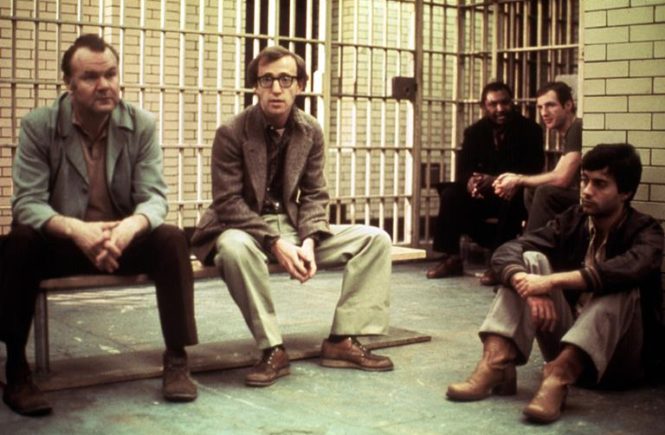
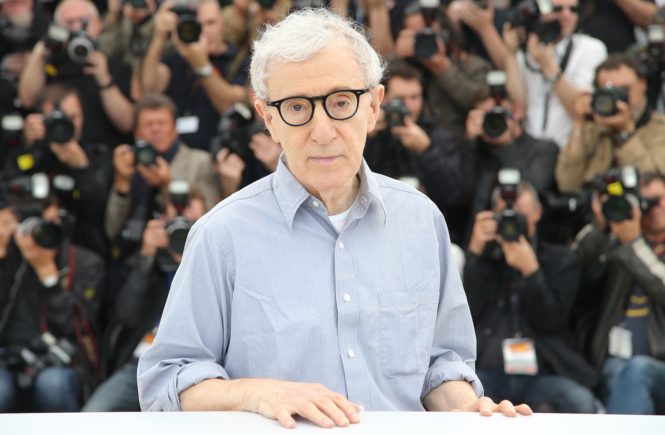
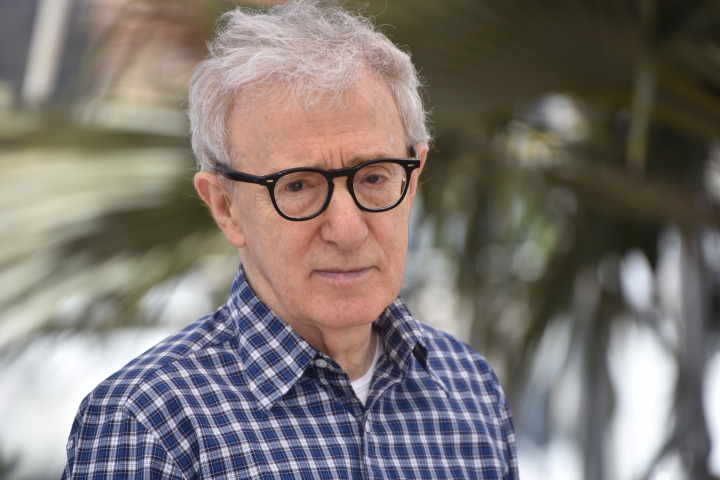


1 Comment
Here’s hoping some one offers an obscene about of money for a Blu Ray release with all the left over attached. I’d pay a fair whack for that, as I’m sure most reading this article would!